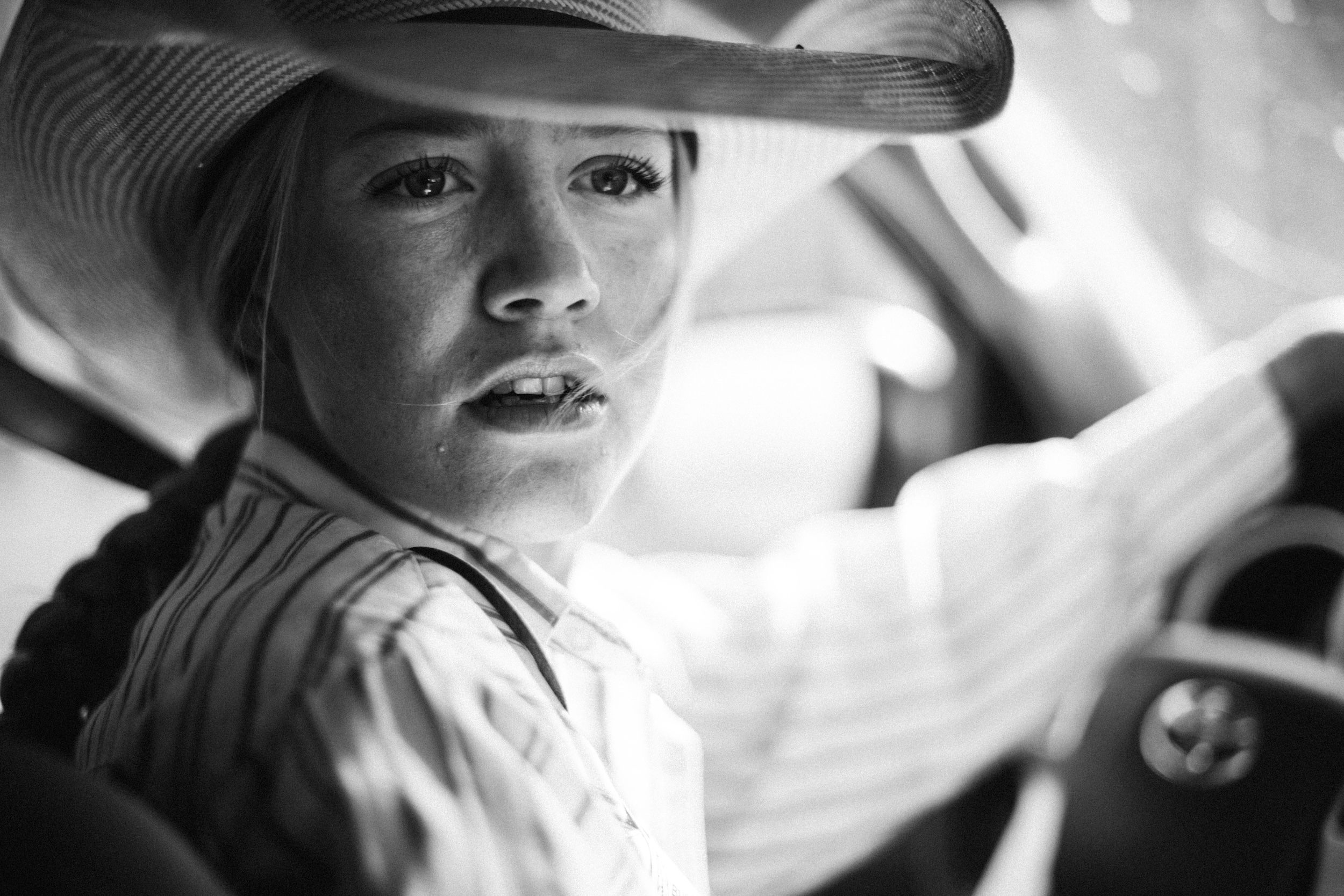© Jennifer McCord
Bronc Girls explores the unexpected way women are reclaiming bodily autonomy in the US
You might know the work of British photographer Jennifer McCord’s by her portraiture. Her photographs of the likes of Cate Blanchett, Carey Mulligan, Suki Waterhouse, and The 1975 have been published by The LA Times, The Financial Times, NME, and BAFTA. However, privately she has been nurturing a passion project over the past year documenting the world of women bronc riders in the United States.
Originally based on the skills required of a working cowboy, bronc riding is a competitive rodeo event (either bareback or saddle, but in this case with saddle), where participants ride a bucking horse for eight seconds. Competitors are then judged on their time in the saddle, agility and style. The sport comes with high risks, and injuries are common. And, as is the case with many women’s sports, a history of exclusion, as well as a persisting lack of prize money and funding, are part of the story.
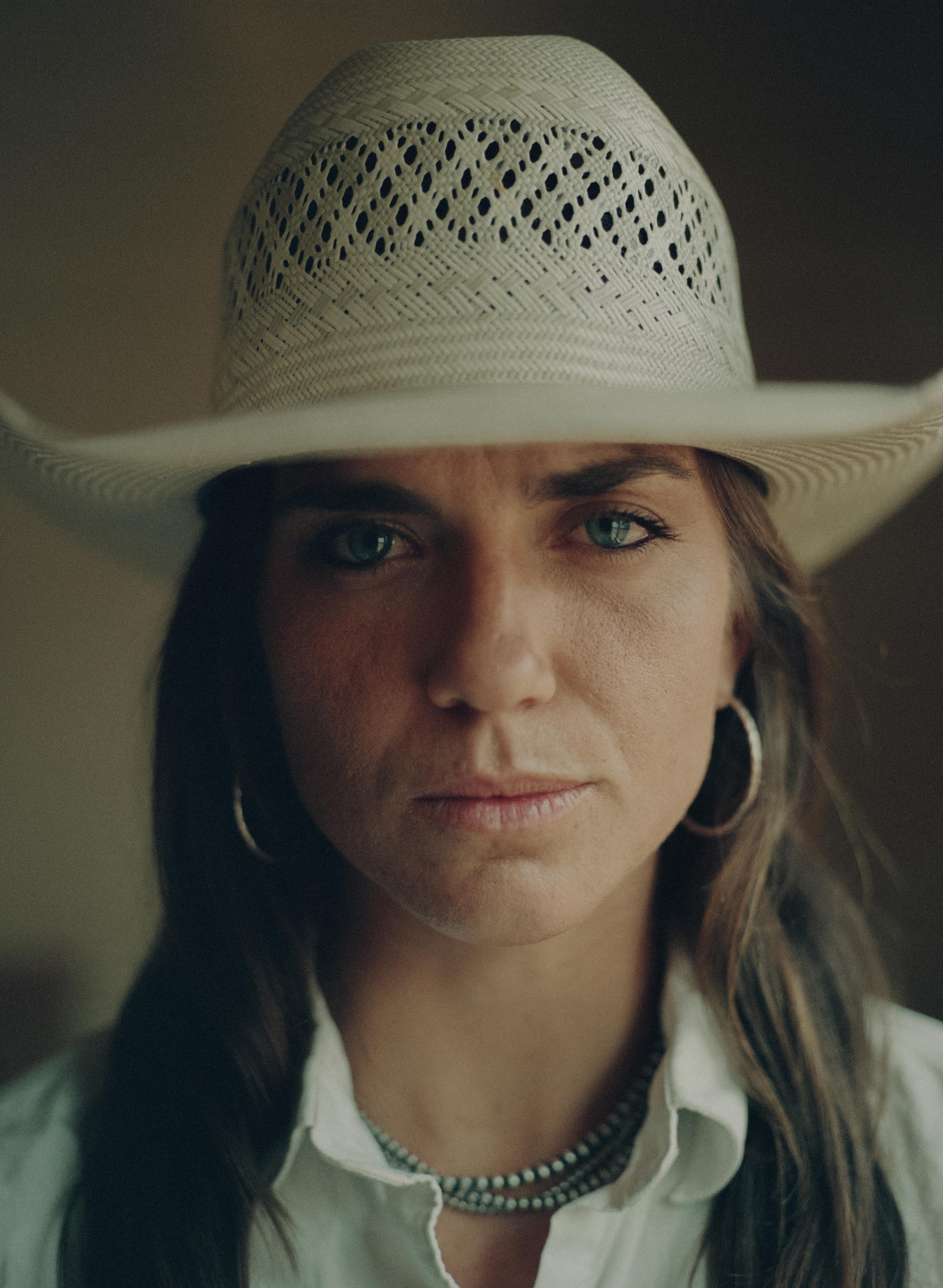
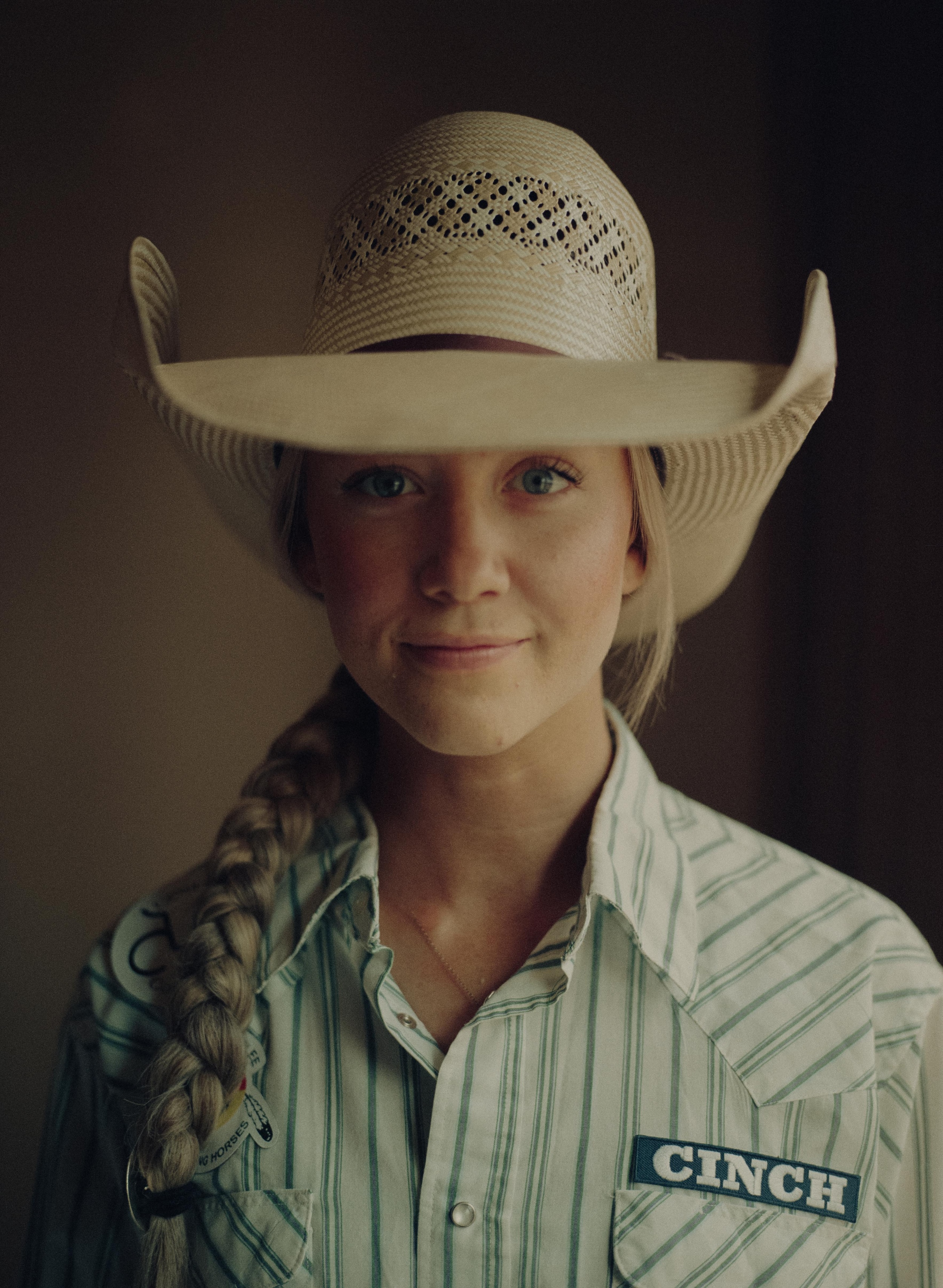
“It’s really confronting the gender norms of what this world is expecting of them”
“Women used to compete in bronc riding,” explains McCord, “and then in the 1920s a woman died and everyone [claimed that] women can’t do this anymore. God forbid the poor fragile creatures die. Men have also died. Men are severely injured pretty regularly, I would say,” explains McCord. “Women were banned from competing, and although some women did still compete at local rodeos, sometimes entering under false names, you cannot do that in the PRCA rodeos, which is the big organisational body for rodeo, like FIFA is for football.”
So many of McCord’s personal interests intersect in women’s bronc riding, from female friendships and human connections, to the culture surrounding competitive sport and the western ranch lifestyle, that once her interest was piqued she went down a rabbit hole of research. She eventually landed on the Instagram page of a top bronc rider named Katie Coker. Chatting over DM and then video call, Coker shared her story and information on the current scene in the women’s sport – including the rise of rodeo schools where people can learn to ride safely – and McCord asked if she could come to an event to photograph it, which eventually led to the series Bronc Girls.
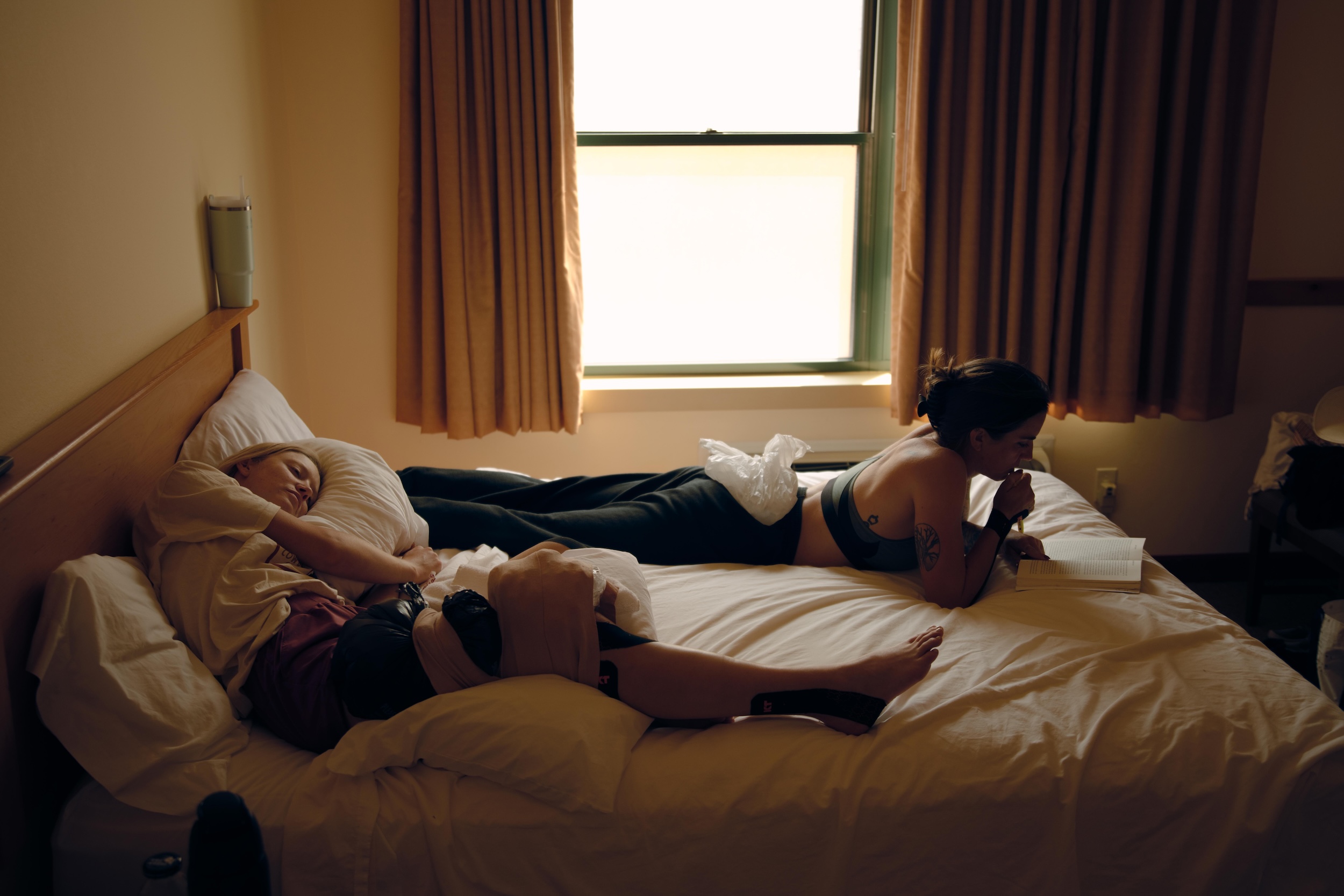
McCord travelled to Deadwood for an event and roomed together with Coker and another female competitor, Ally Bradley, capturing moments of downtime as well as preparation, which resemble scenes of girls getting ready for a night out. “A lot of the girls were putting on makeup, there are hair extensions going in, there is jewellery being added, to go get on this horse for eight seconds that is potentially going to kill you. It’s like a hyper feminine preparation to go do this thing that is very much not [seen as feminine]. It’s really interesting.”
“I love that in the photos,” McCord continues, “you can see them in their underwear and they’re putting on makeup in the mirror, but if you’re looking closely, Ally has a massive bruise on her thigh. They are covered in KT tape that is holding all of their joints together and supporting their muscles. And Ally’s also got a cast on her hand, and Katie has a knee wrap. They are serious athletes, and they are tough, but they’re also girls who enjoy getting dressed up and having fun and being ‘girly’. I love that they can hold both of these things at the same time.”
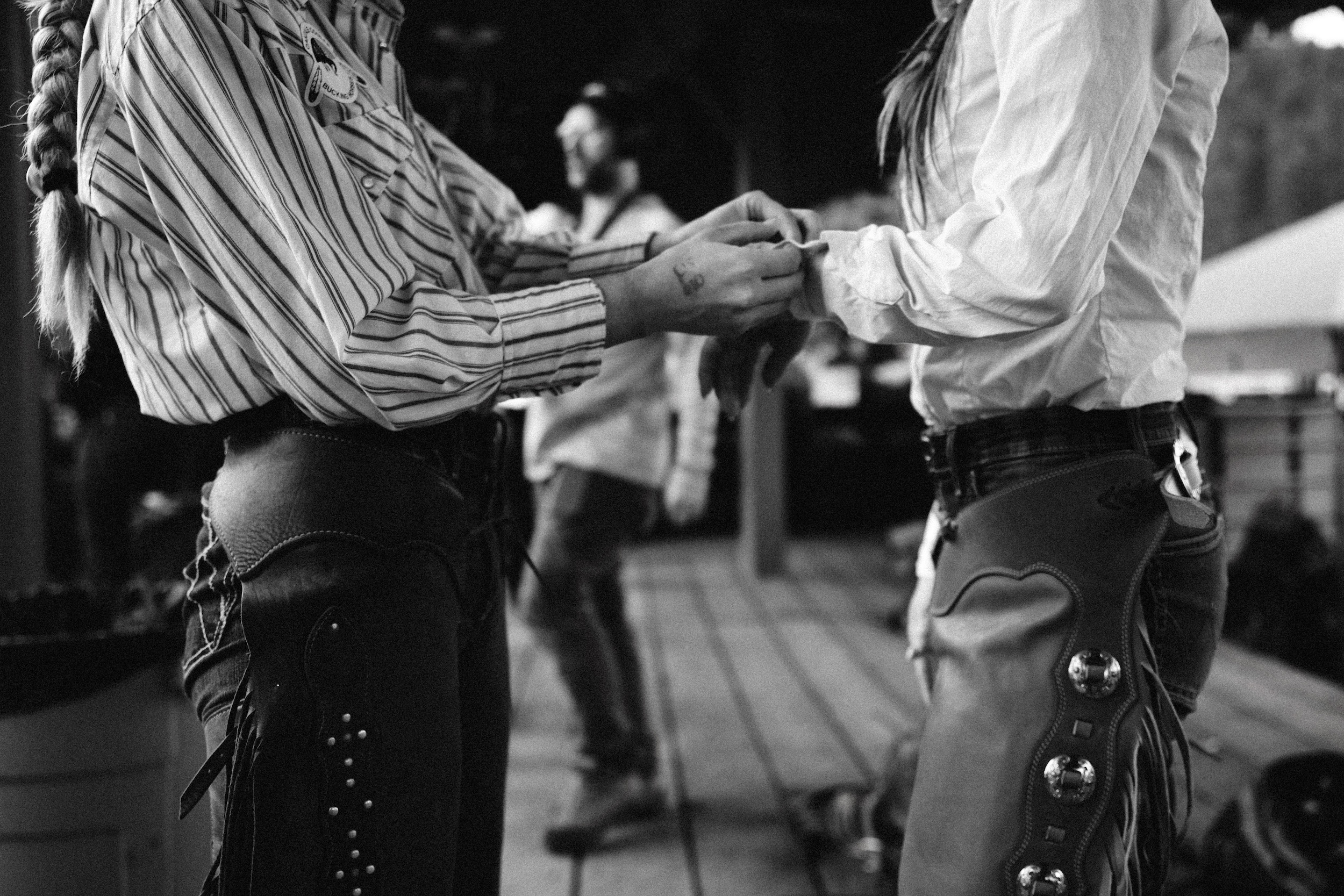
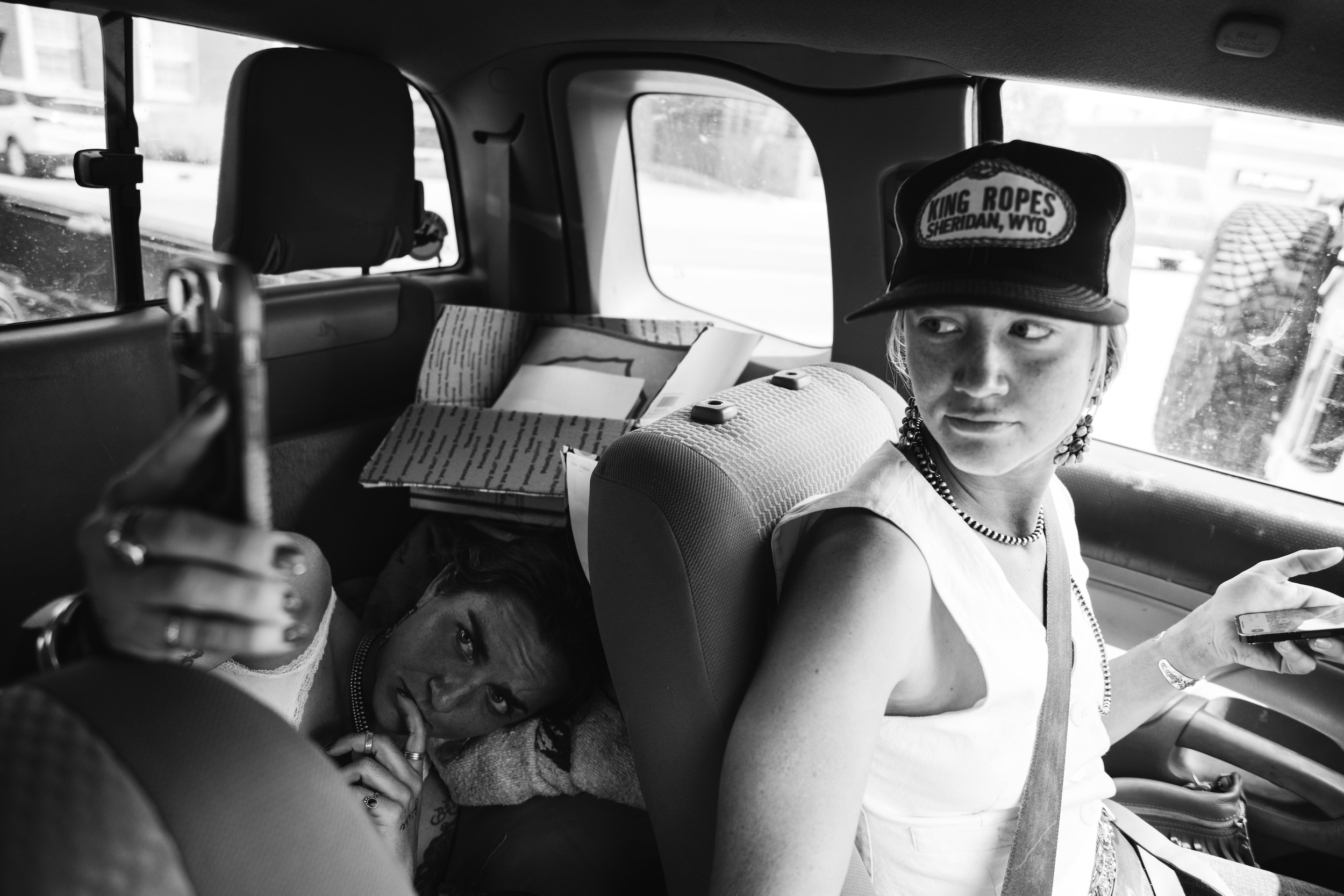
More heightened than with some other women’s sports, the rigour and the risk their bodies are put through come to represent something more profound in light of the current political context for women’s bodies in the country. “I think the thing that I find really interesting and that really draws me to the project is women’s bronc riding is something that happens in this incredibly conservative environment.”
As women’s bodily autonomy is being debated in all forums, from podcasts right up to the highest courts in America, that these women are putting their bodies at risk, and particularly in the context of the conservative, male-dominated arena of bronc riding, feels radical. “It’s really confronting the gender norms of what this world is expecting of them,” says McCord.
“That is like a real active female autonomy, it’s choosing to do something and being like, ‘I’m not just here to be safe and make babies, I’m gonna go do something that I wanna do that is challenging and demanding and dangerous and that doesn’t align with this very confined idea of femininity.’”

